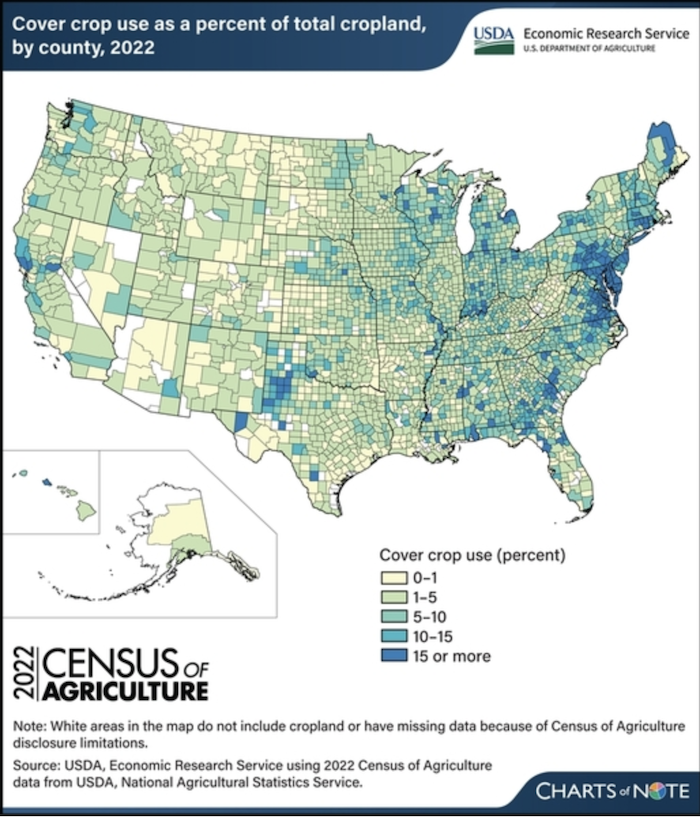
No-Tillers Try Planter-Mounted Roller-Crimper
Today we’re highlighting another on-farm trial from North Jersey RC&D. Longtime no-tillers Robert and R.J. Fulper used a planter-mounted roller-crimper for the first time to terminate their covers while planting green.



